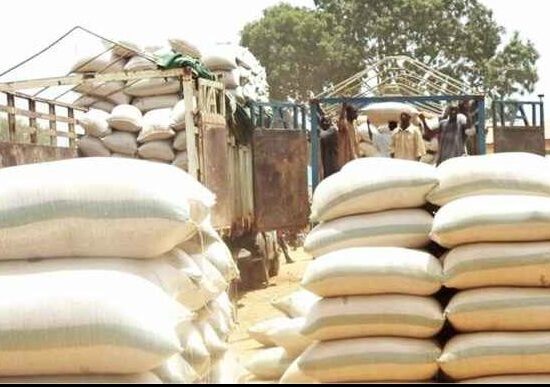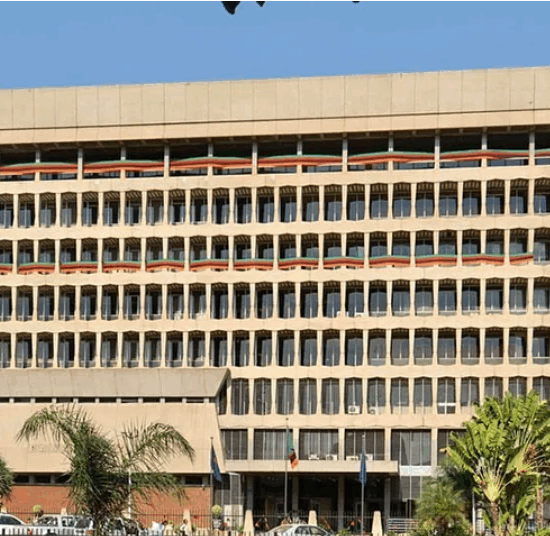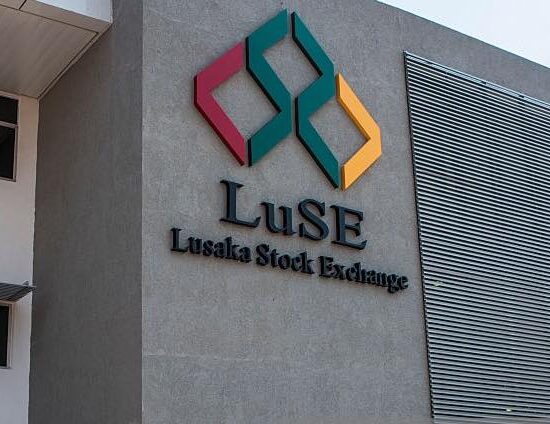Lusaka Economist Yusuf Dodia has challenged the Zambia Statistical Agency – ZAMSTATS, to start releasing inflation statistics relevant to the general Zambian citizenry.
Dodia said the current 12.6 percent ZAMSTATS inflation rate as of October 2023 does not reflect the true picture of what is on the ground adding that the Zambia’s inflation is hovering around 20 -30 percent if the key consumer products are considered.
Speaking in an exclusive interview with the Zambian Business Times -ZBT, the Economist explained that, “When you look at our society what are the key consumer products? we are looking at mealie meal prices, minibus and taxi fares, the price of vegetables, meat, commodities such as clothing and so when you take these and decide to use these as parameters for calculating inflation, you find that inflation rate is running at about 20 to 30 %. So the question is which one of these inflation rates reflects what the people on the ground are actually facing? Consumer pricing index is the one that hits the nail on the head. So I am of the opinion that ZAMSTATS is not using the consumer pricing index as their mechanism in calculating inflation. The inflation rate they are giving us is not wrong but it might not be relevant to our general Zambian citizens, “ Dodia said.
“We are being informed through the ZAMSTATS office that inflation rates for October went up to 12.6%, but one wonders if this is reflecting the true picture on the ground. Inflation rate is very much a subjective mechanism and depending on the one who is calculating the inflation rate, they choose the parameters that they want to use when calculating it and that is where the subjectiveness comes in, “ said Dodia.
Dodia explained that Consumer pricing index is the one that hits the nail on the head and is of the view that ZAMSTATS is not using the consumer pricing index as their mechanism in calculating inflation.
“If we were looking at Zambia and wanting to select three criteria for calculating inflation which would be the cost of primary and secondary education in Zambia, the cost of medical care in Zambia and the cost of commercial retail premises in terms of rentals. If we use those as our parameters to calculate inflation, we would see an inflation rate of 1% or 2% because we all know that education is free from grade 1 to 12 in Zambia unless you choose to go to a private school. We all know that under NHIMA the cost of medical services is almost free, children are not paying anything, retiree’s are not paying anything and those that are working are paying a token of k30 to k60 which is almost free. So that gives you a low inflation rate, “
“And when you look at commercial retail premises such as shopping malls you will that many shopping malls are under subscribed in terms of customers renting, rental prices are falling down and when you do a calculation on these three parameters you get a very low inflation rate. So one asks a question that how then do you calculate inflation? The most useful mechanism for calculating inflation that the public can appreciate is the consumer pricing index where you look at consumer prices. What are the most important consumer prices which impact on the people in a given society, “ said Dodia.
Dodia emphasized that if we have low inflation rate that has not improved the lives of the people, then that inflation is simply an academic discussion and is meaningless to the average Zambians.
“if you get an inflation rate that is based on parameters that have very little influence on the day to day economy for every Zambian, you can hit the target of 6% by the end of next year and you prove to the people of Zambia that you have achieved that inflation rate but has it improved the lives of the people? If it hasn’t then it’s an academic discussion and it’s meaningless to the average Zambians. So for me the most important thing to do is to get the inflation rate calculation correct. In other words, use the formula for consumer pricing index to calculate the inflation rate for Zambian people and from there find out how expensive it is to do business in Zambia, what markets do we have in Zambia that we can exploit for the Zambian economy to grow, find out how we can support our small and medium enterprises to become the largest enterprises of tomorrow.
“These are the mechanisms that will grow the economy and bring down inflation rate but if you start with an inflation rate which is calculated from an academic angle, it becomes impossible to improve the economy, ” said Dodia.







